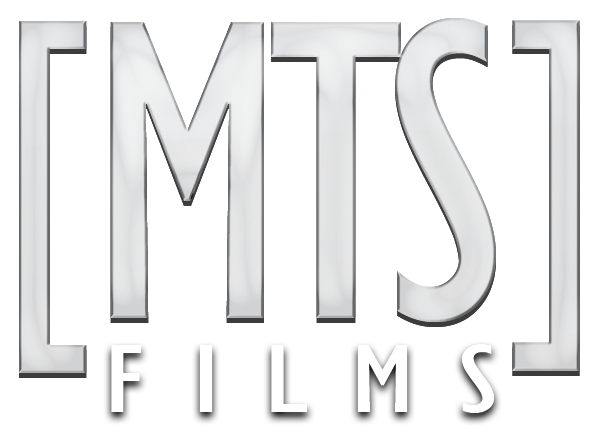If you're new to shooting RED, it can be frustrating. You have this camera that supposedly is the best in the world, good enough for Ridley Scott, Peter Jackson and David Fincher...but hold on a sec....my images are really noisy? My skin tones are horrible! What is going on? RED cameras capture RAW data, and soon...I'd say in a years time, nearly all professional video cameras will likely have some sort of RAW recording mode. What does shooting RAW really mean? Why is it so good? How can it be disastrous if you jump in without looking.....
I've owned and operated my own RED camera for over a year now and I feel like I'm only JUST beginning to feel at one with it. Part of that is because I like to learn from experience, but it's also an entirely different beast compared to any camera I've ever shot with. Sure, the basics of exposure are all the same, however, it can be tricky when you look at your monitor and think to yourself, "Sweet! That looks awesome!", only to find when you get back to the edit suite, it's noisy as hell and something clearly isn't right.
If you browse the internet, looking for "what are the best exposure settings for my red camera", no doubt you'll be confronted with conflicting opinions. RED's "Mysterium-X" sensor, although beautiful, is fairly old technology. It's RED's second generation sensor. Let's think about that for a second. RED is a baby company, in terms of age. They released their very first digital cinema camera (some say THE world's first affordable digital cinema camera) back in 2006. That's not very long ago....compared to the giants like Sony and Panasonic. So, my point is, although they are literally changing the industry with ground-breaking inventions every year, they've started from nothing, not very long ago. This brings me back to the Mysterium-X sensor, the one found in their flagship camera, the RED Epic and also the RED Scarlet. As amazing as these cameras are, if you compare their low-light sensitivity to say, a Canon C300, well....you just can't. The Canon, in terms of light sensitivity and low-noise is absolutely jaw droppingly impressive, and it blows the Epic out of the water. But let's not forget that in every other aspect, RED wins, hands down. Resolution, compression, modularity, bit-depth, dynamic range, etc, etc, etc. Hollywood Blockbuster's are shot on RED for a reason.
However...
That sensor. It needs light, but it also needs to be understood.
Have
you ever looked at RED footage and thought...."YUK! It's so brown/grey
and murky!" or something similar? That's because the camera is good. Not
bad. Those brown and murky, super flat images you may have seen are the
result of poor post production, bad exposure or usually, a combination
of the two. As soon as you understand RAW, how to expose accordingly,
and the power you have in post, you will quickly begin to see why
there's so much hype about these cameras, why the greats use them on
their feature films, and how YOU can tap into that awesomeness. So, if
you've shot RED before and felt disappointed with the results...rest
assured, it was YOU! Not the camera hehe....Now that didn't sound very
nice...sorry about that. But it's true. This camera requires YOU to be
great, and for me personally that was the hardest thing to swallow when I
shot with the Scarlet for the first couple of months.
In the
tutorial below, I talk about exposure, noise, working with RAW and how
to use curves to quickly get footage looking lovely. It's nothing too
deep, but there's info in there that would have given me a 6 month head
start to where I am now, so I'm hoping it helps others out there. (let
me know!)
Finally, below is a recipe that some will disagree with, but from my experience, I get awesome results from, time and time again.
In-Doors, Low Light:
> Light for 320-ISO
> Use Daylight (HMI's, 5600 LED's) where possible
>
Monitor your exposure using the "RAW" view, keeping your histogram
slightly to the left but mostly in the middle, avoid clipping at both
ends.
Why? Because 320 ISO will give you SUPER CLEAN blacks and a grainless image. Is 800-ISO okay for indoor, low light? Yes, but it's not as clean as 320. For some samples of 800-ISO in doors, check out the grabs at the bottom of this blog post here, all shot at 800-ISO with tungsten lights.
Out Doors Sunny:
> 800-ISO
>
Monitor your exposure at 800ISO, white balance 5500. Keep Highlights
from clipping and try to fill histogram with a nice spread, dipping at
the sides.
Why 800ISO? Because 800ISO gives you a stop and a half of
highlight protection and at 800ISO, the noise is not an issue under scenes that are
broadly exposed (outdoor daylight).
Thanks for visiting :) Let me know if this was useful, I appreciate any feedback.



